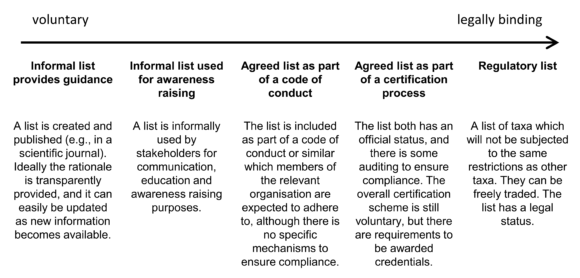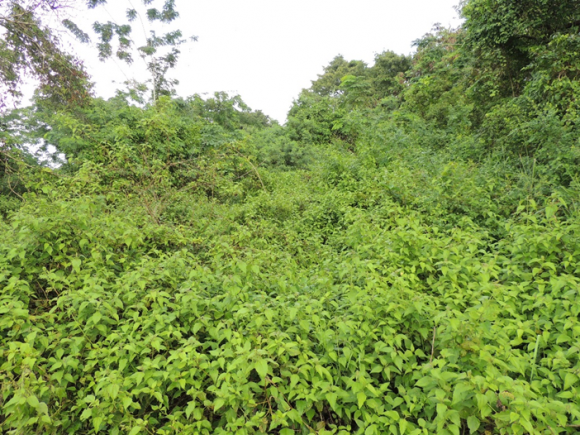20 March 2024 | By Sabrina Kumschick
Alien species, especially the invasive ones, can cause immense harm to the recipient environment. Such impacts include the transmission of diseases to livestock and humans, predation of native species leading to population reductions or even species extinctions, and changes in ecosystem processes such as fire regimes, just to mention a few. Therefore, we should avoid the use of harmful alien species, should not plant, sell or trade them, and in many cases we should actually control and remove them. These are all negative messages which we hear a lot. Although we know them to be true and within reason, we’d often rather look at the bright side and know what we CAN plant, CAN trade and CAN use.
A recent study led by C·I·B Core Team member Dr Sabrina Kumschick and including many other members of the C·I·B lab group tackles exactly this issue.
The study was published in the journal Bioscience and it outlines a roadmap for developing and implementing positive or safe lists of alien species. The study outlines what safe lists are and can be, including their purpose, development, and implementation. Firstly, one should always ask why a safe list is needed, who wants it, and how it will be used. This includes for example the consideration if it should be legally implemented, or just used as advisory, voluntary list. Regarding the development, criteria for species selection need to be determined, and cut off levels for acceptable risk defined. This step is often the most difficult and can make or break the safe list. Lastly, it needs to be assessed if implementation is practical a decision regarding implementation is made.
“It is important to give proper consideration as to whether a safe list is the most appropriate option for any given purpose,” says Sabrina Kumschick. “There are many situations where safe lists are difficult to develop or infeasible, for example when we don’t have much information on the taxon at hand. Our roadmap should help stakeholders at various levels make decisions on whether and how best to tackle a safe list approach.”
Read the full paper
Kumschick S, Fernandez Winzer L, McCulloch-Jones EJ, Chetty D, Fried J, Govender T, Potgieter LJ, Rapetsoa MC, Richardson DM, van Velden J, van der Colff D, Miza S, Wilson JRU (2024) Considerations for developing and implementing a safe list for alien taxa. Bioscience 74 (2): 97–108. https://doi.org/10.1093/biosci/biad118
For more information, contact Sabrina Kumschick at sabrinakumschick@sun.ac.za




